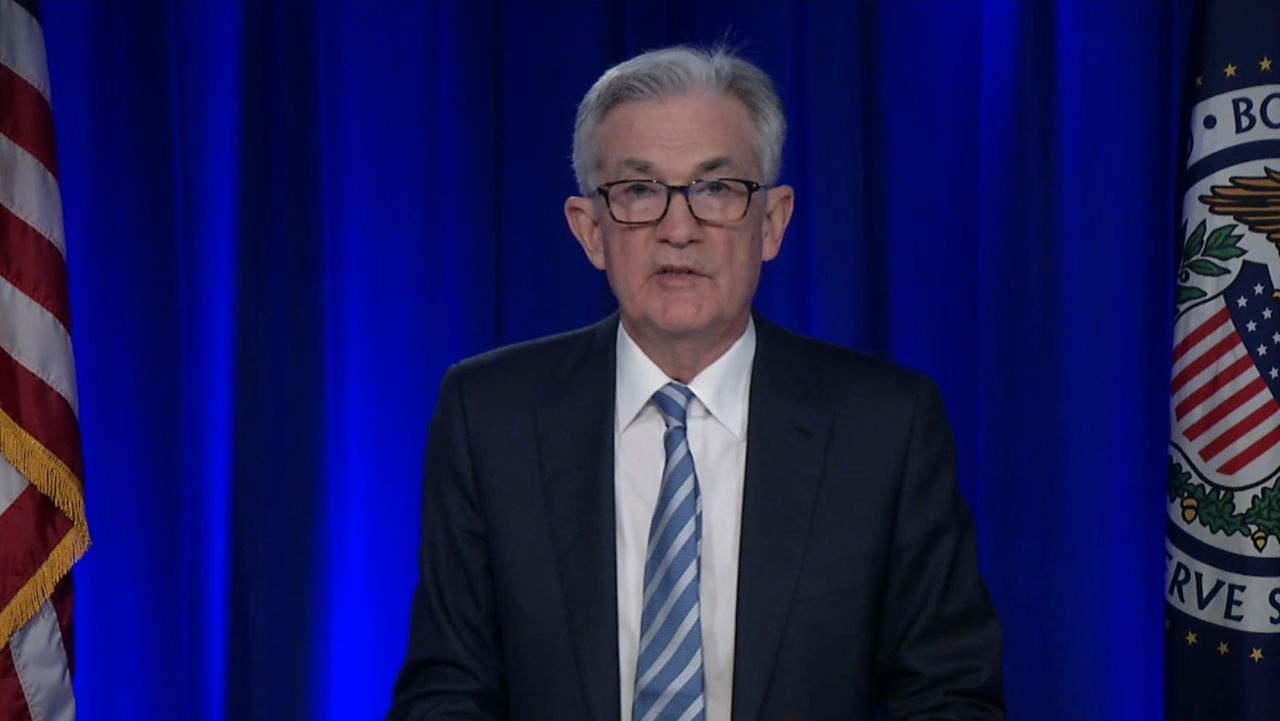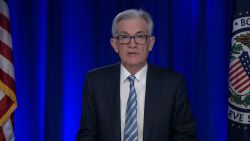Prices remain high in America, and inflation shows no sign of slowing down anytime soon.
A key measure of US inflation rose 5.7% in the 12 months ended in November, the Bureau of Economic Analysis said Thursday. It was the fastest increase in the consumer spending price index since July 1982.
Economists multiple inflation gauges each month, but the so-called PCE inflation is the Federal Reserve’s preferred measure and informs the central bank’s policy decisions.
Stripping out energy and food prices, both of which jumped over the period, the price index advanced 4.7%, the biggest increase since September 1983.
For anyone hoping there would be an end to the exorbitant climb in prices before year-end, this was a disappointment. But it could be the peak.
“We suspect that the November and December headline figures will mark the top given a modest energy price pull-back into the turn of the year,” said Mike Englund, chief economist at Action Economics, in a note to clients.
And indeed, prices rose at a slightly slower pace in November – 0.6% compared with the 0.7% gain in October. Excluding volatile food and energy costs, prices rose 0.5%, unchanged from the prior month.
Englund expects the so-called core price index to reach a peak in February, “given 2020 comparisons that show a big core price acceleration starting last March.”
American incomes also rose last month, but not as quickly as prices.
Total incomes rose by 0.4%, or $90.4 billion, slightly less than in October, while disposable incomes also increased by 0.4% last month, corresponding to $70.4 billion.
But consumer spending outgrew both income measures, rising 0.6%, or $104.7 billion as people were getting busy shopping for the holidays.
That said, most of the increase was down to higher spending on services, particularly housing and utilities.
The personal savings rate declined to 6.9%, a small decrease from the month before.
Prices are high, but Americans are optimistic about the economy
Even though the high pandemic-era inflation is weighing on people’s living standards, Americans are optimistic about the path of the recovery next year, according to the University of Michigan’s consumer sentiment survey.
The sentiment index stood at 70.6 in December, slightly above economists’ expectations and higher than in November.
The uptick was in large part due to higher incomes for lower-earning households, said Richard Curtin, Surveys of Consumers chief economist.
“The bottom third [of the income distribution] expected their incomes to rise during the year ahead by 2.8%, up from 1.8% last December, and the highest level since 2.9% was recorded in 1999,” said Curtin.























